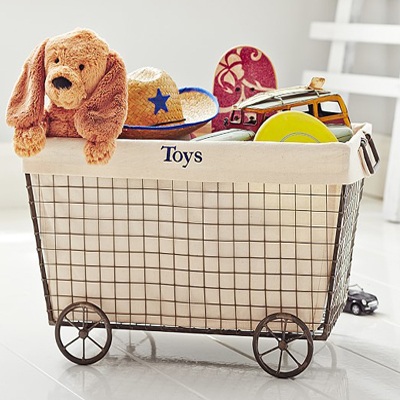Children are very prone to falling sick. Studies have revealed that on average kids contract common cough and cold, flu or hay fever 5 to 7 times every year. That is because kids are exposed to germs, bacteria, and viruses when they are in playschools or schools. Moreover, they are not very careful about sneezing or coughing into a handkerchief and do not always wash their hands after. This is why they end up transferring the pathogens to other children. Besides, children have weaker immunity than adults which makes them vulnerable to allergies, head-colds or infections. Let’s know more about fever in kids.
Most of the common illnesses that children contract are often accompanied by bouts of fever. And when a child is feverish, the parents worry. But sometimes fevers can be harmless and beneficial for your child. It means the child’s body is fighting back against the virus or bacteria responsible. These fevers usually go away in 2 or 3 days.
Panicking unnecessarily about harmless fevers will do neither you nor your child any good. Instead, be calm and monitor your child’s fever
- Purchase a good quality digital thermometer (because it is easy to read and the reading is very accurate) and measure the child’s temperature at regular intervals
- If you have an infant, try to use a rectal thermometer because babies do not stay still long enough for you to take a reading with an oral thermometer and may spit the thermometer out
In this article:
When can it be Called a Fever?
Fevers in Children aren’t Alarming When
When Should you be Worried about Your Child’s Fever?
Things Every Parent Should Know About Fever in Kids
When can it be Called a Fever?
A person’s normal body temperature is 98.6 F. Actually, it fluctuates throughout the day and month but this number is considered the standard. Officially, you have a fever if your body temperature breaches the 100.4 F mark. And this applies to babies and children as well.
Fevers in Children aren’t Alarming When
- The fever does not last beyond three days
- A bout of fever doesn’t exceed 100.4 F
- The fever follows a vaccination dose (fevers are normal in the 48 hours after your child has been vaccinated)
You can also turn to home remedies that can take care of viral fevers or the common cold.
When Should you be Worried about Your Child’s Fever?
It is important to remember that fevers are not always harmless and could be a sign of some other underlying illness. If your child is feverish, keep a sharp eye on the progress of the fever. Consider seeking medical help if-
- Your child is younger than 3 months: in babies, serious illnesses do not always exhibit many symptoms and fever might be the only clue that indicates a worrisome disease
- Prolonged fever: if your child’s fever lasts beyond 5 days, it could be because it is not a simple case of cough and cold
- High fever: the child’s temperature shoots up to 104 F or if the baby is 8 weeks old or younger and registers a temperature of 100.4 F or higher
- No indication of other symptoms: your child may be feverish but you do not notice any other signs of cough and cold or allergies such as headaches, runny nose, coughing, sneezing, etc
- If your child is undergoing some form of treatment and fever comes out of nowhere
- Medicines are ineffective: OTC medicines recommended by your doctor cannot suppress the fever
- If fever after immunization does not subdue even after 2 days
- Seizures are serious: If fever is accompanied by seizures, then immediately contact your doctor
- Multiple episodes of fever on the same day too are a cause of anxiety
- Other worrying signs: If your child breaks out into rashes, is overtly sleepy, experiences breathing problems and extreme body ache or finds it difficult to move a part of the body, then he/she needs a doctor’s help
Being a parent means you will perpetually be worried about the health and safety of your child, it’s actually part of the job description. If your child is ill, just watch out for the scenarios we mentioned and once treatment starts on time, your child will be on his/her feet in no time.













